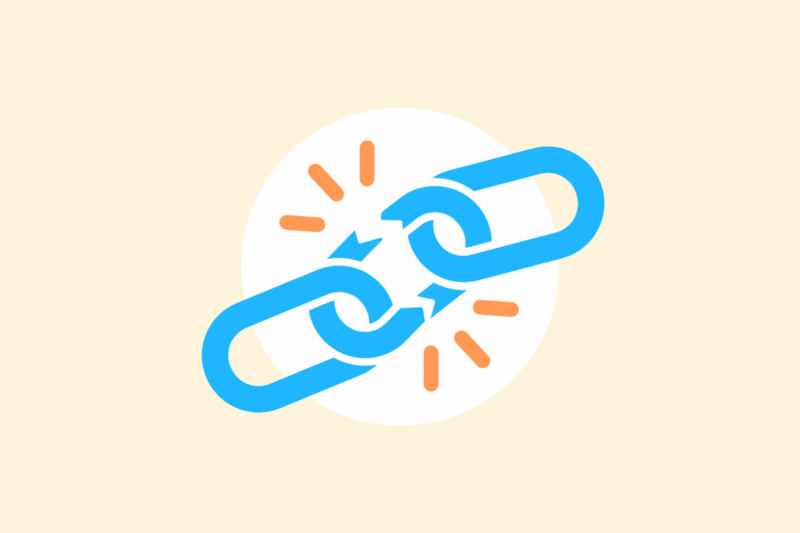Applying broken link building in practice

Broken link building is one of the most effective ways to get backlinks in a scalable, white-hat way. You help website owners by identifying broken links on their site AND you immediately offer an alternative: your content. In this article, I explain how to put this into practice, including tools and scripts I use myself.
1. What is broken link building?
You look for links that point to non-existent pages (404s) on other websites. Then you contact the owner of that site and suggest your page as a replacement.
Why this works:
- You solve a problem for the administrator (dead link)
- You directly provide an alternative
- It is relevant, scalable and ethical
Prerequisite: your content must really be a suitable alternative.
2. Tools to find broken links
You can search manually, but tools make the job more efficient.
Option 1: via Ahrefs (Site Explorer)
- Go to a relevant website (e.g., industry platform)
- Open Best by links
- Filter on HTTP 404
- Sort by number of referring domains
- See what content you can replace
Option 2: via Screaming Frog + Outbound link check
- Crawls external sites or own network
- Exports broken external links
- Combine with Page Authority metrics
Option 3: Google search operators
For example, use:
text
inurl:resources intitle:[jouw niche] "broken link"
Or search for obsolete domains:
text
link:[dood domein] -site:[dood domein]
3. Create your own content as an alternative
You must have (or build) a replacement page that is substantively relevant to the broken link.
Requirements:
- Same or related topic
- Well written, informative
- Preferably evergreen (timeless)
- No sales page – informative, neutral
Pro tip: check with archive.org what the original page was, and build an equivalent or better alternative.
Getting started with SEO? Feel free to get in touch.

4. Outreach: here’s how to do it
The success is in the approach. Short, clear and personal emails work best.
Sample email:
text
Onderwerp: Gebroken link op [pagina-URL]
Hi [Naam],
Tijdens het lezen van je pagina over [onderwerp] op [site-URL] zag ik dat één van de links (naar [verouderde site/titel]) niet meer werkt.
Ik heb recent een vergelijkbare pagina geschreven die wellicht een geschikte vervanging is:
[link naar jouw pagina]
Hopelijk heb je er wat aan – in elk geval bedankt voor de sterke content op je site.
Groet,
[Naam + Website]
Use a simple CRM (e.g., Notion, Trello or Sheets) to keep track of your outreach.
5. What works and what doesn’t?
✅ Do:
- Find relevant, contextual matches
- Personalizing your pitch
- Follow up after ~5 days with a short reminder
❌ Don’t:
- Sending mass emails with templates
- Push unsolicited sales pages
- Trying to replace general topic with niche content (or vice versa)
6. Automate (optional)
For larger scale, you can partially automate this with:
- Ahrefs API + Google Sheets (for backlink extraction)
- Hunter.io (for e-mail addresses of site owners)
- Lemlist / Instantly (for segmented outreach)
But stay personal. Automation = convenient, but quality wins.
In conclusion
Broken link building is effective, provided you do it right. Think from the manager’s point of view: you are helping someone AND getting a link in return. Focus on quality, relevance and solid outreach – and you’ll build links that last for years.






